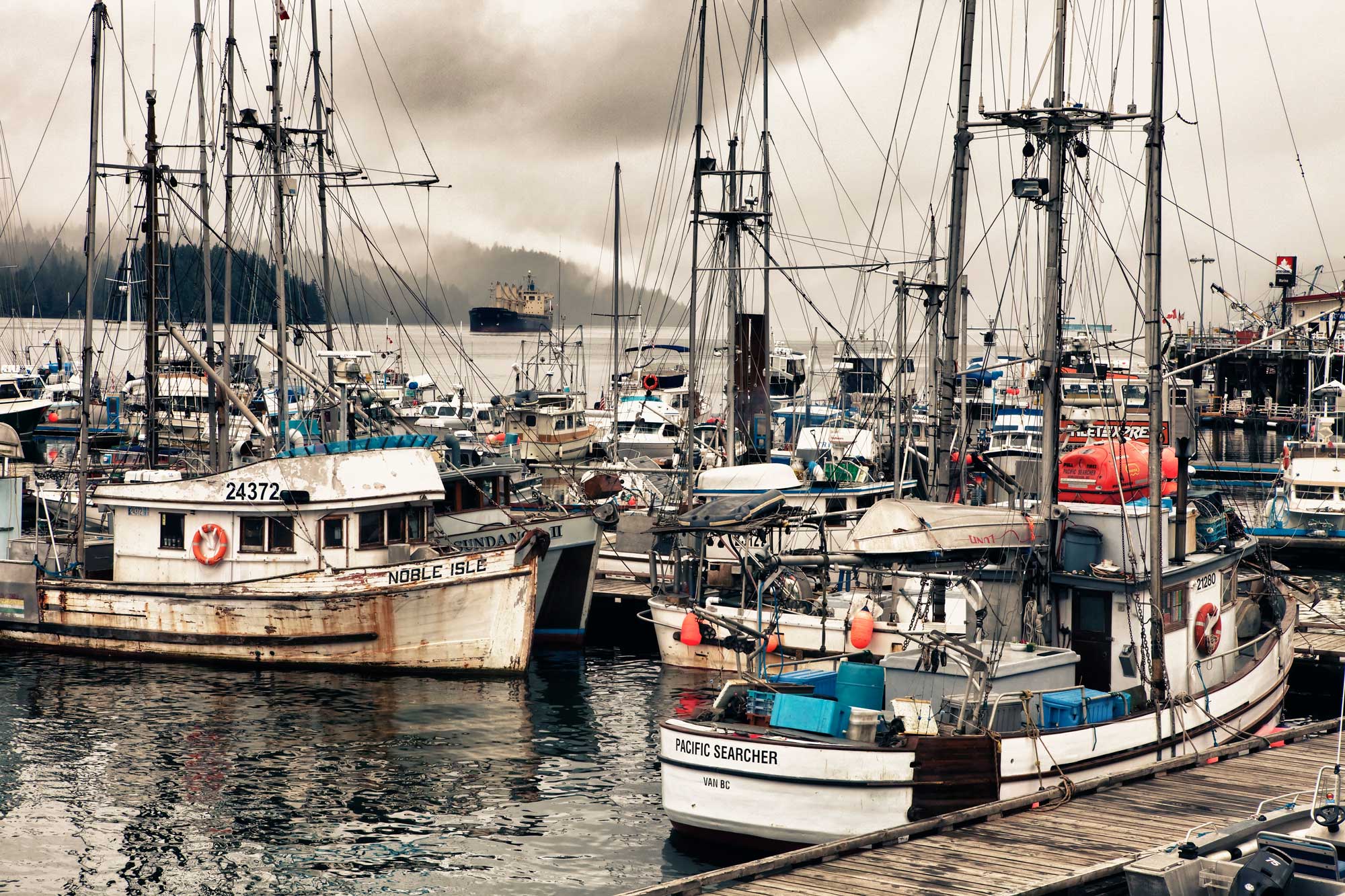Overview
Current Phase of Work: Priority value, Phase 2 – Assessing current condition and future trend
Why was chinook salmon chosen as a priority value?
- Traditional and cultural importance
- Important to the function and health of Skeena estuary ecosystem
- Connected to other important values in marine, freshwater and terrestrial systems including unique eelgrass habitat in Skeena estuary
- Juvenile chinook are sensitive to changes in the estuarine habitat
Indicators
The condition indicators for chinook salmon are population abundance and critical juvenile habitat. Chinook salmon are affected by a range of key stressors including critical spawning habitat, habitat connectivity, water quality, exploitation rate, hydrology and marine survival.
- Population abundance: Spawner abundance (# of adults returning to spawn/stream in Metlakatla Territory)
- Critical juvenile habitat: Areal extent (ha) of eelgrass beds in Skeena estuary

